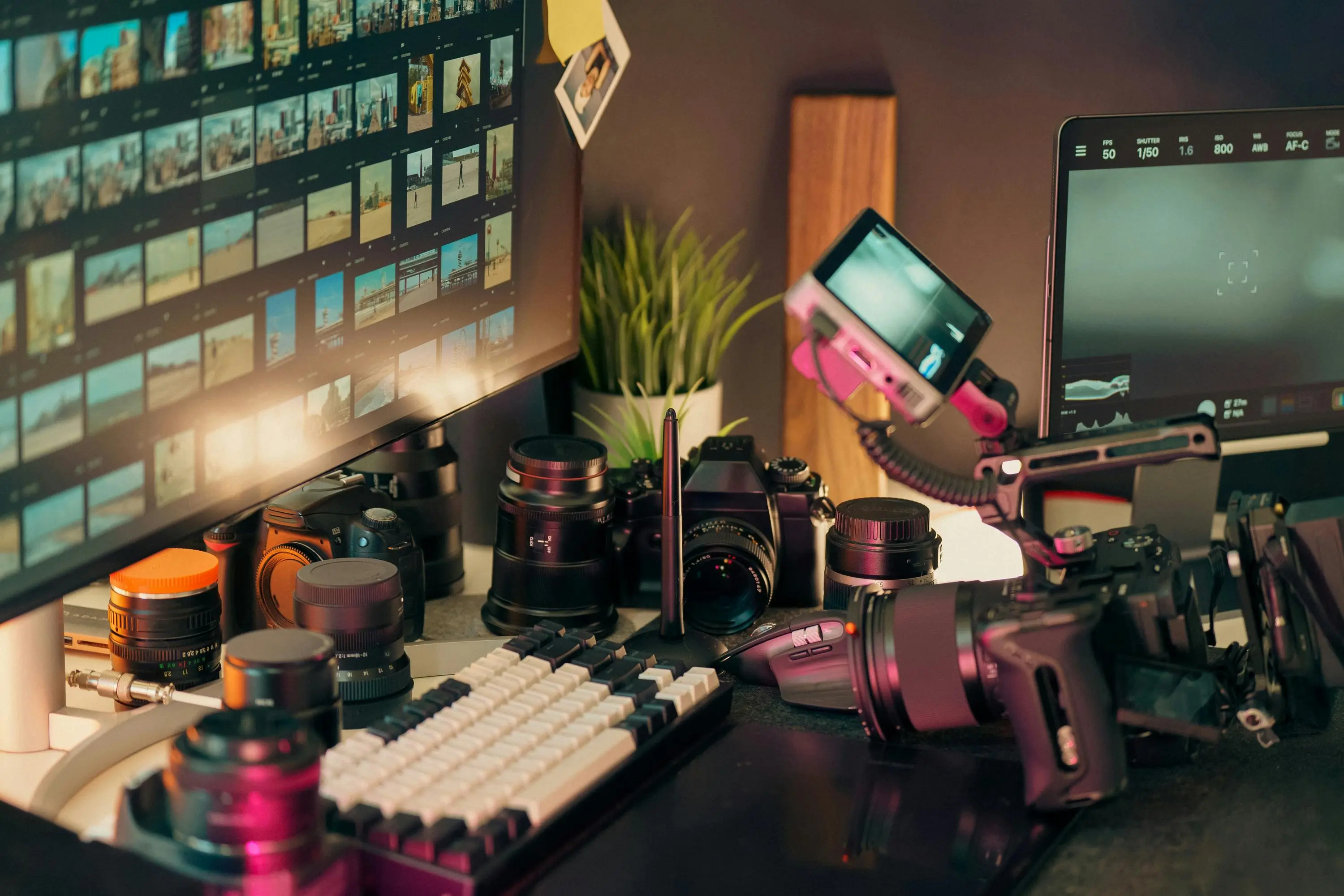Low touch onboarding in SaaS doesn’t have to be generic

Slack has a friendly bot that guides users through the messaging platform. Duolingo is famous for its mascot, the green owl named Duo which interacts with users from day one and helps them build a learning habit. Ahrefs, one of the leading SEO tools, has a series of educational videos and helpful product walkthroughs.
So what do these tech companies have in common? They all embraced low touch onboarding in SaaS.Low touch onboarding in SaaS implies a “one-size-fits-all” approach, meaning that every customer gets the exact same onboarding treatment that’s based on self-service.
Sounds pretty impersonal, doesn’t it? Well, it doesn’t have to be.
Low touch onboarding in SaaS vs. high touch onboarding
In its essence, low touch onboarding in SaaS excludes any human interaction. No enablement sessions with customer success teams or custom training sessions. Everything is automated, either through explanatory videos, in-app cues, FAQs, extensive support documentation, or through an event-triggered email sequence.
For example, you sign up for a free trial, you snoop around the software, and then after the trial expires, you decide whether or not you want to continue using the service.
But before we dive deeper into the nuts and bolts of low touch onboarding in SaaS, let’s look at one illustrative example of the opposite approach.
Appify is a no-code app development platform that has so far raised $11.5 million in Series A. Despite the fact that they introduced a freemium model recently, Jen Grant, CEO at Appify, explained why they still have a demo option and high-touch onboarding.
High touch onboarding that involves such commitment has its benefits:
- Your customers feel like they are receiving your undivided attention
- They feel valued and seen because they enjoy the support of a dedicated customer success manager
- They are more open to learning about your product as there is a real, human relationship that includes positive brand interactions
Do it right and you can expect great conversion rates and increased customer retention.
However, the dilemma here is - can you actually afford this?
In most cases, high touch onboarding makes sense for companies that are financially stable and growing, or are well-funded. The point is that they have the budget that allows them to enable 1:1 customer interactions and design well-thought-out human-centric onboarding experiences.
Additionally, high touch onboarding might make sense if you’re in B2B and dealing with enterprise customers. The higher the contract value, the higher the expectations customers will have for a more customized approach.
At this stage, having your agreements in place is critical - tools like a free contract generator can help streamline documentation without slowing down your onboarding process.

I strongly argue that you can still create low touch onboarding that has a personal touch, and it’s easier than you think.
How to make low touch onboarding in SaaS more personal with video
If you’re a SaaS startup or a bootstrapped software company that doesn’t have the luxury of splurging too much money, you can’t lose too many customers during the onboarding process. It’s great when you catch their initial interest or even receive the first subscription payment, but you need to keep them engaged.
Low touch onboarding in SaaS makes sense because it’s cost-efficient. You prepare everything up front and then tweak and update all the materials as your product evolves and you learn more from user feedback.
Creating an engaging low touch onboarding in SaaS can be especially tricky if you have a complex, technical product (or several products within a single platform), or multiple customer profiles you need to educate. Moreover, you need to convince them of the value they are getting.
This is where video can be a particularly useful format. Not only that, but you can incorporate personalized video to create more relevant onboarding experiences from the very start.

With a tool like Plainly, you can create personalized videos that show product tours and focus on things that a new user should see. Information that you could personalize includes user names, company names, images, etc. But more importantly, you can personalize the entire product walkthrough based on the role of the person who signed up.
You certainly have a registration form every new user needs to fill out to get a free trial. Depending on the type of information you collect from this first touchpoint, you can ensure a more or less relevant low touch onboarding experience.
Let’s explore this further by looking at a hypothetical scenario. Lokalise, which is one of the leading B2B localization software companies, has identified different use cases depending on the role of a user.

These use cases are well explained on separate landing pages. Each role has its unique set of challenges and values different parts of the platform.
When you click on the “Try it free” CTA, you encounter this simple form:

Hypothetically speaking, if this signup form had an additional “Job role” field, Lokalise could feed their database with this information and create a low touch onboarding experience that combines video and personalization.
There are a total of six use cases, which means that the company could make six different product walkthrough tutorials and highlight parts of the product that are truly relevant for the role in question. These could be automated by a tool like Plainly, which would ensure that every new sign up gets only the info that’s relevant to them.
For example, managers care about improving the translation workflow, increasing efficiency, and ensuring the project scope stays within the budget. In contrast, developers care about the technical capabilities of the platform (e.g. what integrations are available, how can they automate certain steps, etc.).
Because these two user groups have different pain points, they have an interest in different parts of the product. Simultaneously, additional info (e.g. name, company name) could be automatically plugged into the video to further personalize it.
The result? A more personalized low touch onboarding experience that doesn’t require your team’s time, but still has a personal human touch to it.
How to automatically personalize these videos
It might sound complex or time-consuming, but enabling an engaging low touch onboarding experience that includes personalized videos is actually quite easy; with the right tool, that is.

Plainly allows you to easily create personalized videos automatically. Personalized video production happens in five steps:
- Idea
- Template creation
- Automation tool setup
- Integration
- Rendering
It all starts with an idea. In the context of low touch onboarding in SaaS, this could mean brainstorming which parts of your product you want to show depending on the role. Here’s a simple way to identify the features you’d like to showcase:
User role > User pain points > Value proposition for this role > Main features that address pain points
The product walkthrough could be a simple screen recording video. You can also use some of the software solutions for making product videos, but I’d argue it’s maybe not necessary, especially if you are operating on a tight budget.
The next step is template creation. The majority of video automation tools are using Adobe After Effects as the tool to make templates. It’s a standard design tool, so your creative team is probably familiar with it.
Then you need to sort your data source so that you can connect it with Plainly (or another video automation tool of your choice) in the next step. The data source might sound fancy, but it can actually be a spreadsheet where you store all information about newly signed-up users.
And the final step would be connecting the video template to the data source, and creating an automated workflow that would trigger whenever you get a new signup. You’re probably already doing the big portion of this workflow if you’re sending “welcome” emails to each new user. You’ll only need to plug in your video automation tool in that workflow.
As you can see, it’s pretty straightforward, but it can be a game changer for the SaaS onboarding experience you create.
Low touch should not mean low engagement, so why not take the best of the two worlds and ensure a better onboarding experience? Book a demo with Plainly and I’ll be happy to share more.





